Deck & Commander Strategies

Elas il-Kor, Sadistic Pilgrim
An Orzhov aristocratic deck focused on gaining life when creatures enter the battlefield and draining opponents when creatures die. It uses token generators and combat tricks to apply pressure and chip away at opponents' life totals.

Braids, Arisen Nightmare
Utilizes a sacrifice theme to force opponents to sacrifice permanents each turn, gaining card advantage and draining life. Braids leverages artifact and creature sacrifices to maintain tempo and disrupt opponents' boards.

Jodah, the Unifier
A five-color legendary-focused deck that ramps quickly with mana rocks and spells like Sylvan Library. It plays large legendary creatures and powerful spells to dominate the board, aiming for value and control through legendary synergies.

Meria, Scholar of Antiquity
A storm-themed deck that aims to generate multiple cheap artifacts and use Meria’s ability to exile cards from the library to combo off. It relies on artifact synergies and graveyard interactions to build storm count and win.
Gameplay Insights
- 1
Kovacs maximized Elas’ life gain and drain triggers by creating multiple tokens with Adeline and Henrika, then attacking to drain life from all opponents.
- 2
BK’s Braids forced multiple sacrifices each turn, generating card advantage and incremental life loss on opponents, which synergized well with artifacts like Skullclamp.
- 3
Chris’s ramp and mana fixing with cards like Mox Amber, Essika, and mana rocks helped him cast large legendaries, but graveyard disruption from Soul Guide Lantern and Bajuka Bog slowed his combo attempts.
- 4
Kyle’s storm strategy was hampered by graveyard hate and unlucky land exile with Meria's ability, but he used artifact tutors like Goblin Engineer to assemble combo pieces.
- 5
The players formed temporary alliances and strategic targeting to manage threats, showing the political dynamic of multiplayer Commander games.
- 6
Key combat interactions and sacrifice triggers created a constantly shifting board state, requiring players to adapt their tactics and resource management throughout the game.
Notable Cards
-
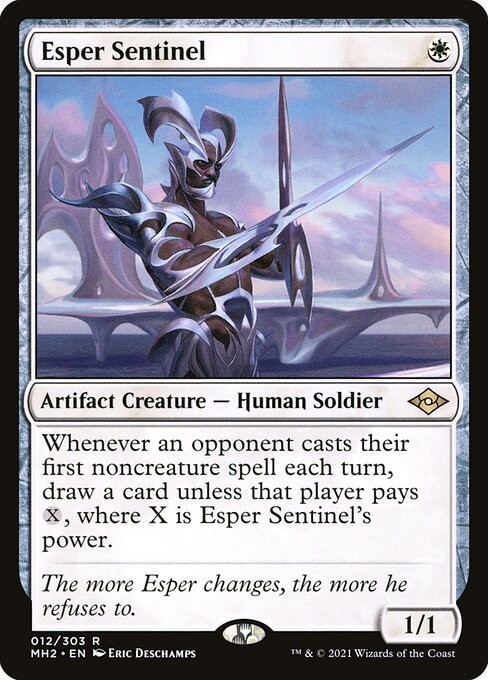
Esper Sentinel
-

Skullclamp
-
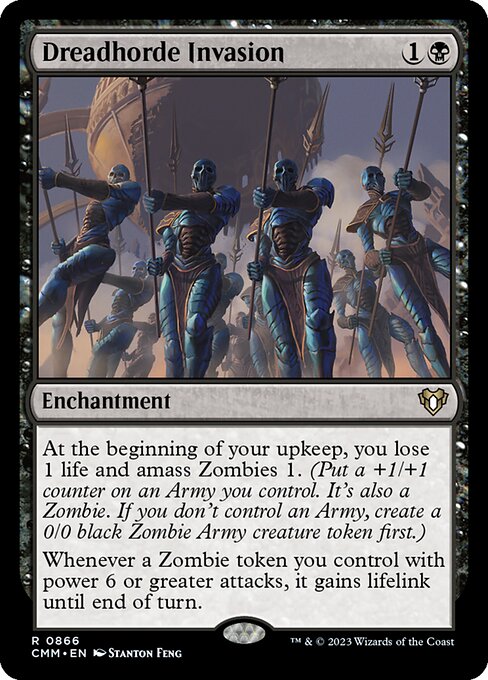
Dreadhorde Invasion
-

Adeline, Resplendent Cathar
-
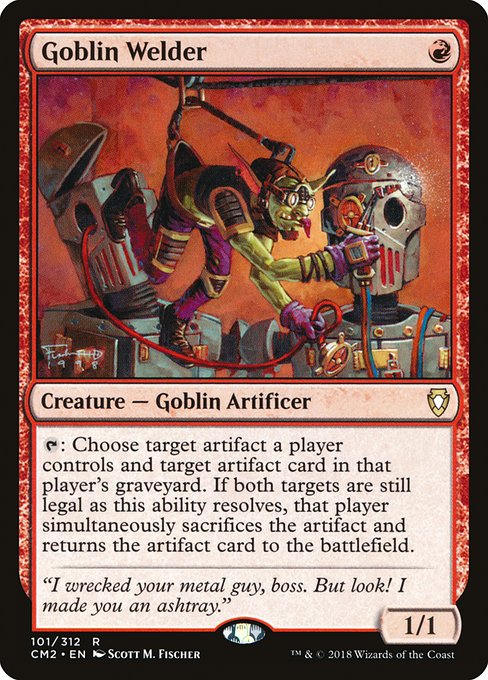
Goblin Welder
-
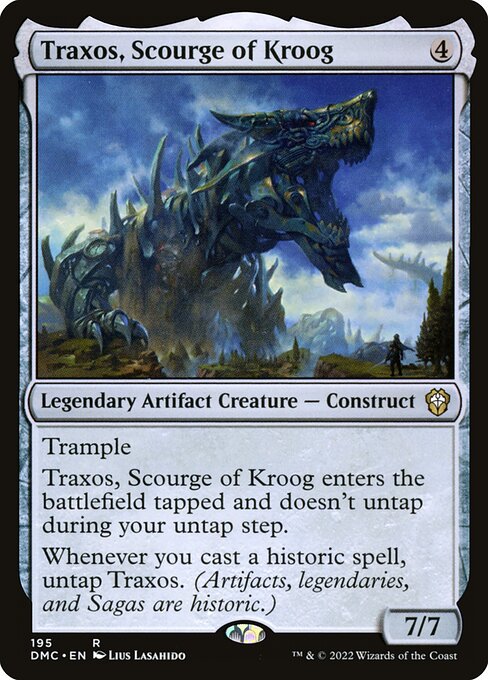
Traxos, Scourge of Kroog
-
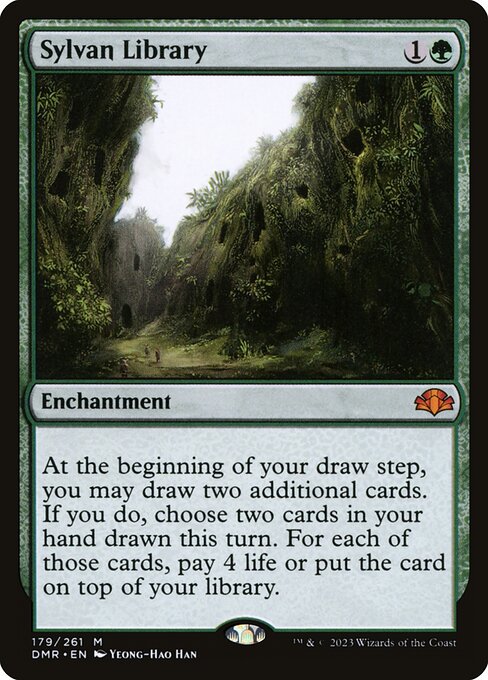
Sylvan Library
-
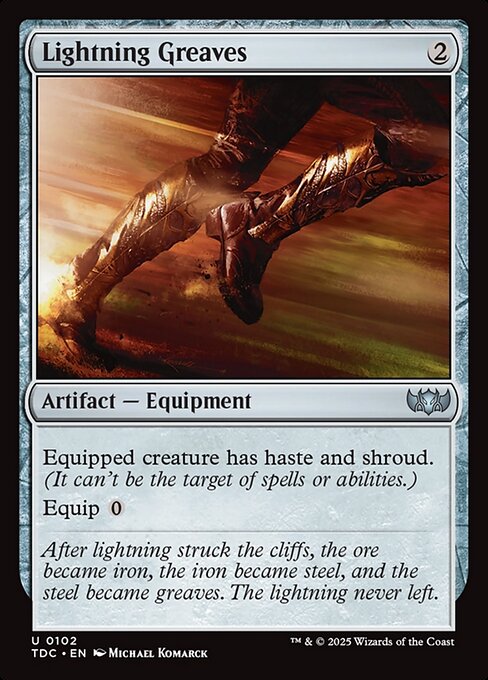
Lightning Greaves
-
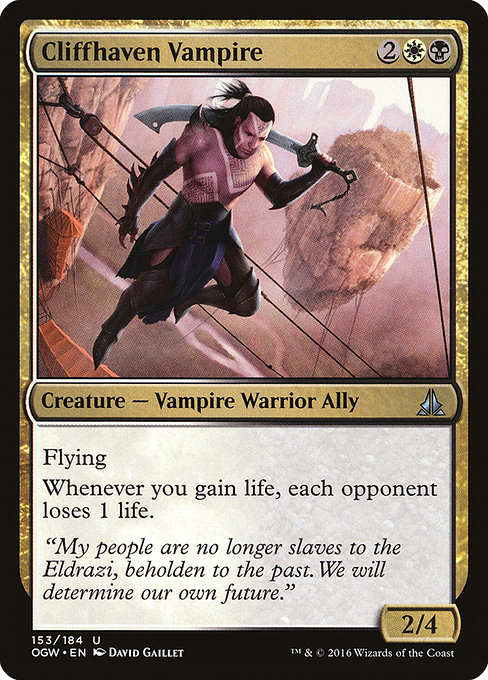
Cliffhaven Vampire
-
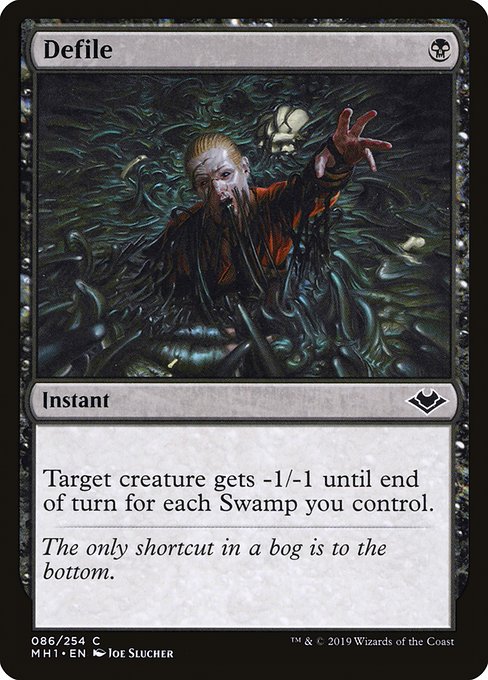
Defile
-
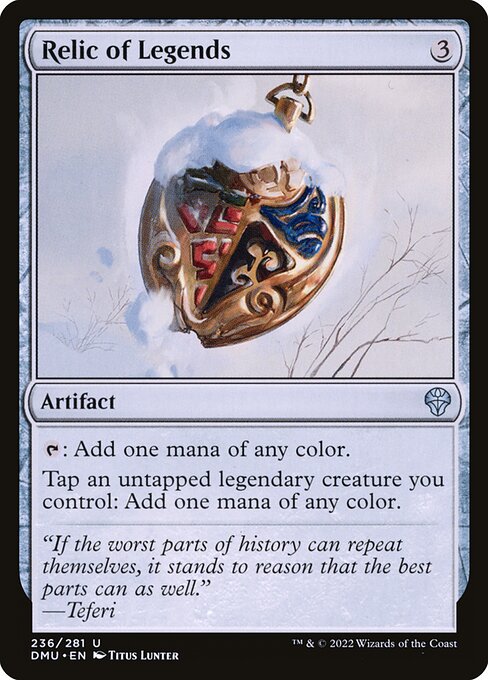
Relic of Legends
-
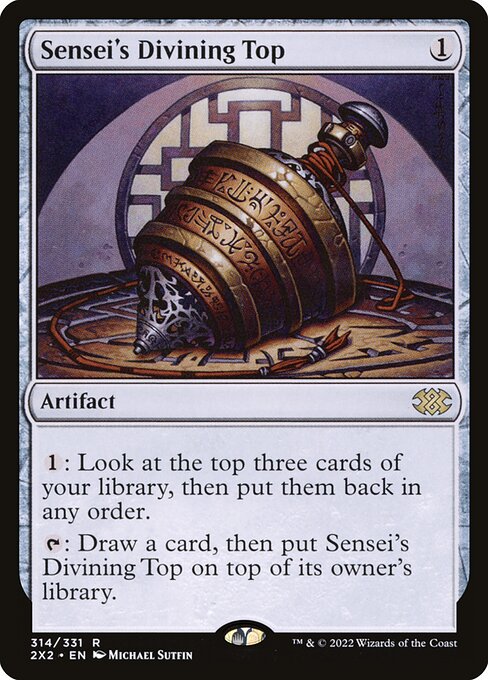
Sensei's Divining Top
Gameplay Summary
The game began with players developing their boards around their commanders and synergistic artifacts.
Kovacs, piloting Elas il-Kor, Sadistic Pilgrim, focused on a life gain and drain strategy, leveraging creatures entering and leaving the battlefield to chip away at opponents' life totals.
Early plays such as Esper Sentinel and Adeline, Resplendent Cathar helped him generate tokens and draw cards, while strategic attacks steadily drained opponents.
BK, on Braids, Arisen Nightmare, built a sacrifice theme, forcing opponents to sacrifice permanents each turn and drawing cards to maintain advantage.
Braids' ability to repeatedly sacrifice key artifacts and creatures kept pressure on the table and fueled card draw. Chris, with Jodah, the Unifier, played a legendary-focused deck with powerful mana rocks and ramp, including cards like Essika, God of the Tree, and Sylvan Library, aiming to cast big legendary creatures and spells.
Kyle, using Meria, Scholar of Antiquity, tried to storm off with low-cost artifact synergies but was hindered by graveyard hate and disruption from opponents.
Key moments included Kovacs using Henrika Domnathy and Adeline to create multiple combat triggers for life gain and drain, while BK’s Braids repeatedly forced sacrifices for incremental advantage.
Kovacs' aggressive swings and drain effects put significant pressure on the table, forcing blockers and removal responses.
The game featured a dynamic interplay of control, sacrifice, token generation, and life manipulation, with each player leveraging their deck’s core mechanics and synergies to outpace opponents.



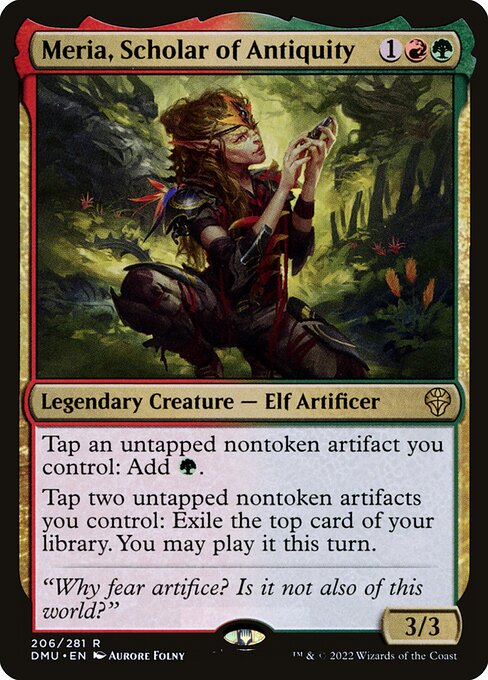












![New Dominaria United Commanders [Commander VS 306] | Magic: the Gathering Commander Gameplay thumbnail](https://i.ytimg.com/vi/ojGzEzd3Csc/sddefault.jpg)

![Purphoros vs Toxrill vs Jodah vs Meria [EDH/Commander, Magic The Gathering Gameplay 2022] thumbnail](https://i.ytimg.com/vi/kVnk6OKMiFw/sddefault.jpg)











![Budget Brews from Dominaria United [Commander VS 307] | Magic: the Gathering Commander Gameplay thumbnail](https://i.ytimg.com/vi/sdB8Qr2w2Go/sddefault.jpg)





![Ep 1: Jarred v Jedit v Elas v Jaxis commander / [EDH gameplay] thumbnail](https://i.ytimg.com/vi/fOXepOqTRcA/sddefault.jpg)





